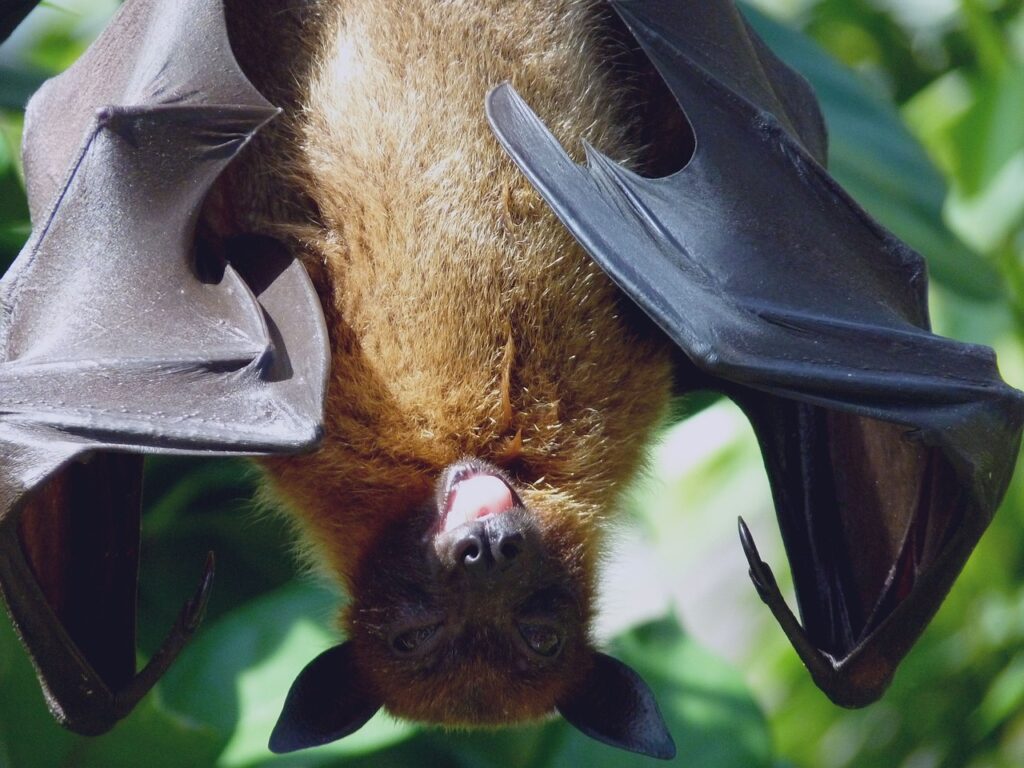The population of bats around the world is rapidly declining. Much of this is due to us humans and our rapid expansion. They are being hunted, eradicated from their homes, their habitats are being destroyed, they are succumbing to disease, and new technologies such as wind turbines are posing risk to their species.
As of now, the International Union for the Conservation of Nature has listed twenty-six species of bats at risk of becoming extinct. Another fifty-one species are on the endangered list, with hundreds more still vulnerable. This is a serious matter that does not get enough attention.
Bats’ reproduction rate is very slow compared to most mammals as most females reproduce only once per year with only one offspring. The species are being killed off or losing their homes faster than they can repopulate. The biggest concern is their loss of homes. The forests they live in are being destroyed and cleared for booming businesses and cities. Even the species that seek shelter in caves and mines are being forced from their homes.
Guano which is the waste of the bats is being mined and generally disturbs the bats’ habitat. Hunting of bats has also become common and is not properly regulated to prevent over-hunting habits.
Another large risk factor to bats is how misunderstood they are. They have gotten a bad reputation through various legends and tales of vampires. Many still fear bats and do not acknowledge the benefits they provide us. It is easy to look at them and want nothing to do with them.
However, it is important to take a look at what they provide for us and make sure that we can help to preserve them. The vast majority of all bat species provide more benefit than they ever would harm. If you look into the research it is easy to see their benefit.
While there can be a risk of rabies, this is a rare occurrence and is most likely to be spread through other means. Most bats are not actually infected with rabies. It is still something to be cautious of, however the entire species should not be discounted for this minimal risk.
There are a few species of bats that do feed on blood and only one that targets other mammals. There is no risk to humans from this and definitely no need to be concerned of “vampires.” It is a common misconception that they “suck blood” from their prey.
They actually lick the blood and their saliva contains a property to help keep the blood from clotting. This same property was used in the medical field to develop medication to help prevent strokes.
Conclusion
There is still so much to be discovered about these creatures. The information that is currently available is lacking. With such a high threat of extinction, it is a great fear that we will not be able to recognize all the benefits that these species create before they are too far gone. It is crucial that we respect these animals. If it is necessary that they need to be moved, we must make sure it is done humanely and that their survival is promoted.
All wildlife has an important role to play in this world. Each species is designed specifically and they need to be preserved. Each of us can play a part in wildlife conservation. Be open to doing research and learning what can be done to improve the planet.

